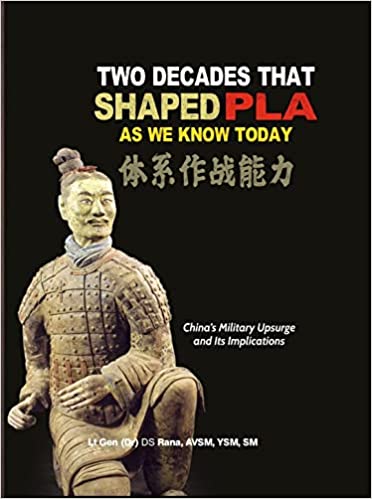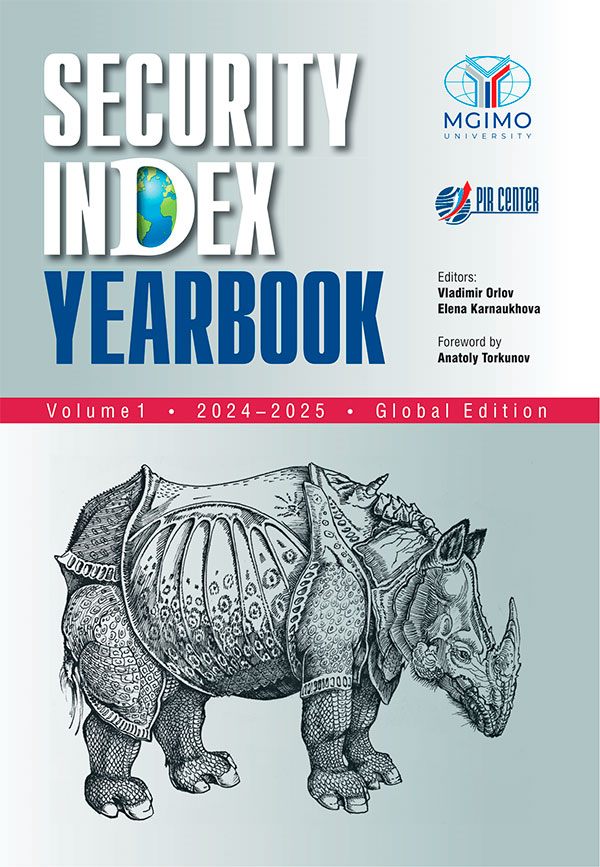55 years ago, the Soviet Union ratified the NPT
The Treaty on the Non-Proliferation of Nuclear Weapons (NPT), ratified by our country on November 24, 1969, is often referred to as the cornerstone or the foundation of the modern system of international relations. In many respects, this description holds true. A vivid illustration of this fact is the complete,...
.... First of all, there is the Southeast Asian NWFZ under the Bangkok Treaty and the South Pacific NWFZ envisioned by the Treaty of Rarotonga [
i
].
Some Asian-Pacific NNWSs are active Non-Aligned Movement members, who vocalize their discontent to the NPT (
The Treaty on the Non-Proliferation of Nuclear Weapons
) review process. In their view, negotiations in good faith postulated by
NPT Article VI
are not being pursued as expeditiously as they should. This standpoint has been embodied in the adoption of TPNW (The Treaty on the Prohibition of ...
... “nuclear populism,” but the very rhetoric currently coming out of Seoul will certainly make leaders of various nations in the Asia-Pacific think twice.
In the meantime, the outcome of the 10
th
Review Conference of the Treaty on the Non-Proliferation of Nuclear Weapons (NPT) was unsatisfactory, to put it mildly. Four weeks of discussions in New York, back in August 2022, failed to produce consensus among the participants. The non-nuclear-weapon States have good reason to complain about the reluctance of the nuclear-weapon ...
... international community. Despite many gloomy predictions, over the last half a century the proliferation process was quite slow: on top of the five recognized nuclear states only three other nations (India, Pakistan and North Korea) have openly tested nuclear weapons, and another one (Israel) has kept a deliberate ambiguity on its nuclear status.
However, this positive track record gives no reasons to be complacent about the future. The last NPT Review Conference (August 2022) revealed an evident lack of consensus on the future of non-proliferation. The ongoing cycle of geopolitical competition between great powers complicates the problem of nonproliferation immensely. Since the trust between ...
... practically impossible to create a multilateral system of control over the respective arsenals of the countries possessing nuclear weapons, due to their obvious imbalances.
And finally, the beginning of multilateral negotiations of the actual possessors of nuclear weapons should be preceded by the recognition of at least India and Pakistan (and possibly Israel and the DPRK) as nuclear powers in the context of the NPT.
I think that the existing model of nuclear arms control has not completely outlived its usefulness.
It should be noted that for decades the strategic offensive arms reduction treaties between the United States and the USSR/Russia ensured strategic ...
... regime and share a common interest in its preservation and longevity. This report offers a set of recommendations on how the UK and Russia could display leadership, create opportunities, and positively shape the 2020 Review Conference and advance the NPT agenda beyond RevCon.
The recommendations in this report are the result of the European Leadership Network (ELN) led project "Can Moscow and London Find a Way Forward on the Non-Proliferation Treaty (NPT)?" The project began in July 2019 ...
... diplomats and military, officials and advisers to analytical centers of Russia and the United Kingdom discussed possible forms of dialog between Russia and the United Kingdom on nuclear issues in the group of nuclear powers in the context of the 2020 NPT Conference.
Dmitry Stefanovich, RIAC Expert, an independent expert in nuclear weapons and non-proliferation, spoke at a seminar session and presented RIAC research and analytical materials on nuclear issues. Based on the results of the workshop, in early 2020 a report with recommendations for the ministries and departments ...
... relations and this is already happening before our eyes. Washington has launched a campaign accusing Moscow of conducting secret nuclear weapons tests. Thus, the future of the Comprehensive Nuclear Test Ban Treaty that has been signed but not ratified by ... ... production of new types of warheads, those who insist on tests will exert more pressure on the public.
The ultimate destruction of NPT would be the final nail in the coffin for nuclear arms control. Its Article VI notes the “obligation of nuclear-weapon States ...
... respective nuclear arsenals because of their unresolved compliance disputes and reciprocal claims in undermining strategic stability. Therefore, the US-Russian stalemate over bilateral nuclear disarmament gravely impacts the regime of non-proliferation of nuclear weapons and deepens the antagonism among states parties to the NPT. As US Professor William Perry rightfully notes, “the fate of civilization hangs in the balance, and it is up to our two great nations, who are the world’s leaders in nuclear weapons, to take the lead in eliminating the existential danger posed ...
... work to clarify formal procedures for future signatory states, including cooperation with the IAEA. Thus, the previously existing threat of contradictions between the "future" of the TPNW and the current Treaty on the Non-Proliferation of Nuclear Weapons (NPT) was minimized.
U.S. Nuclear Warheads' Scary Modernization. Interview with RIAC experts
There are notable differences in the approaches of the leading nuclear powers – Russia and the United States – to interacting with their formal and informal ...



